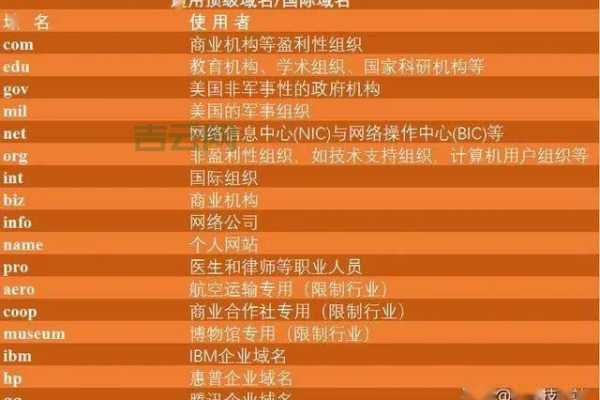app推广有哪些方法
- 行业动态
- 2024-05-06
- 2
app推广方法多样,包括社交媒体营销、搜索引擎优化、口碑传播、内容营销、合作伙伴渠道、付费广告、应用商店优化等。
选择适合自己的APP推广方法,需要考虑多个因素,包括你的目标用户群体、APP的类型、预算限制以及推广目标等,以下是一些常见的APP推广方法及其特点:
1. 社交媒体营销
特点:利用社交媒体平台如Facebook, Twitter, Instagram等进行宣传,适合与年轻用户群体互动,并且可以精准定位目标用户。
| 优势 | 劣势 |
| 广泛的用户基础,易于分享 | 需要持续的内容创作和用户互动 |
| 可以进行精准定位 | 可能需要付费广告才能获得显著效果 |
2. 搜索引擎优化(SEO)和应用商店优化(ASO)
特点:通过优化关键词和应用描述来提高在应用商店中的排名,适合所有类型的APP,尤其是希望提高自然下载量的开发者。
| 优势 | 劣势 |
| 提高应用的可见性 | 需要时间和专业知识进行关键词研究 |
| 增加自然流量 | 竞争激烈,需要不断更新和优化 |
3. 付费广告

特点:使用Google AdWords、Facebook Ads等平台进行付费推广,适合有明确预算和快速获取用户的APP。
| 优势 | 劣势 |
| 可以快速获取用户 | 成本可能较高 |
| 可定向推广 | 需要监控和调整广告效果 |
4. 内容营销
特点:通过博客文章、视频、电子书等形式提供有价值的内容吸引用户,适合教育类或娱乐类APP。
| 优势 | 劣势 |
| 建立品牌权威性 | 需要时间积累观众 |
| 提升用户参与度 | 需要高质量的内容创作 |
5. 口碑营销和用户推荐

特点:鼓励现有用户推荐新用户,适合社交类和具有分享功能的APP。
| 优势 | 劣势 |
| 成本较低 | 需要激励措施来吸引用户分享 |
| 可以利用社交网络传播 | 增长可能较慢且难以控制 |
6. 合作伙伴和联盟营销
特点:与其他公司或平台合作进行推广,适合可以提供互利合作的APP。
| 优势 | 劣势 |
| 可以触及新的用户群体 | 需要找到合适的合作伙伴 |
| 分享资源和用户 | 合作关系需要维护和管理 |
7. 影响者营销

特点:与有影响力的人物合作,利用他们的影响力推广APP,适合目标用户群体明确的APP。
| 优势 | 劣势 |
| 可以迅速提升知名度 | 可能需要较高的投入 |
| 增加信任度和可信度 | 需要找到与品牌匹配的影响者 |
8. 线下活动和展会
特点:参加行业会议、展览或者举办自己的活动,适合需要面对面交流的B2B APP或服务。
| 优势 | 劣势 |
| 直接与潜在用户接触 | 成本较高,且受地理位置限制 |
| 增强品牌形象 | 组织和筹备工作量大 |
在选择推广方法时,最好的做法是结合多种策略,以覆盖不同的渠道和用户群体,要不断测试和优化你的推广策略,以确保获得最佳的投资回报率。













